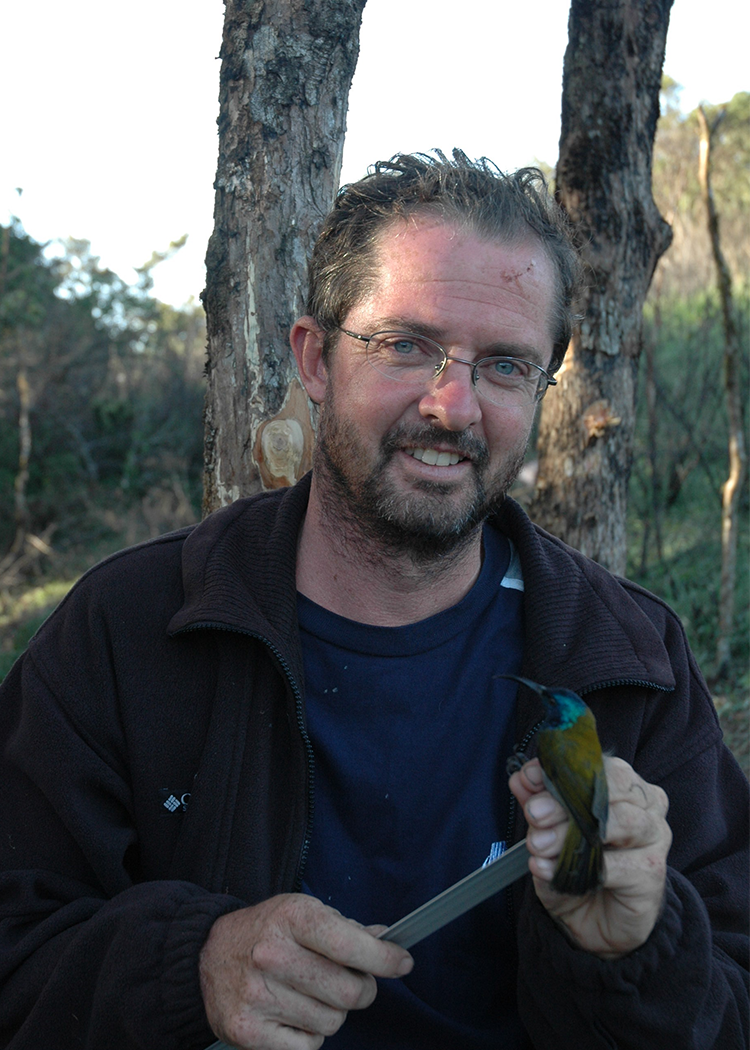Between 2010 and 2020, the global community pledged to expand protected areas to cover 17% of land and 10% of the oceans – a focus of Aichi Target 11. This same target also stressed that protected areas should be placed in sites that are ‘ecologically representative and well connected’. While this target was relatively well achieved – at least in comparison with other Aichi targets – in terms of protected area expansion, it did not do so well in achieving ecologically representative areas.
With any focus on a percentage area target for protected areas, there is always a danger that areas of land and/or ocean will sometimes be designated as protected areas because it is relatively convenient and easy rather than because they represent important locations for conserving biodiversity. Indeed, research has shown that between 2010 and 2020, the expansion of protected areas on land was biased towards locations that were remote and less suitable for agriculture, rather than areas of importance for species and natural ecosystems.
In 2010, 20–30% of protected areas covered sites that were identified KBAs. However, by 2019, this percentage had declined to 17–18%. Another study showed there could have been a 37-fold improvement in the number of species conserved if the same extent of protected areas had been allocated to maximise species inclusion. Fortunately, information is readily available on sites of biodiversity importance worldwide, which can inform the placement of new protected and conserved areas. This can help governments deliver strong conservation outcomes by ensuring that expanded networks of protected and conserved areas cover the most important places for biodiversity.
Key Biodiversity Areas (KBAs)
KBAs support significant numbers of particular species, a significant portion of an ecosystem, ecological integrity, or irreplaceable sites. As such they cannot be easily replaced, and thus need to be safeguarded. The KBA standard is the only global system for identification of important sites for biodiversity using a science-based approach covering all taxa and all ecosystems.
Over 16,000 KBAs have been identified to date across the globe in terrestrial, freshwater and marine ecosystems. Notably, although the majority of countries in the world have some KBAs identified, very few have undergone a detailed identification process using the new global standard.
KBAs are not meant to always lead to the establishment of protected areas or OECMs, but the proportion of KBAs that have some level of conservation or protection is a useful measure. While 19% of currently identified KBAs fall entirely within protected or conserved areas, 39% are entirely outside such designations and 42% have only partial coverage. However, several countries are working to identify, map and monitor KBAs – something which needs to be scaled up across the globe. Completing KBA identification worldwide could be largely achieved within the next ten years with targeted efforts, and would provide significant guidance for national spatial planning.
KBAs have already been used to target conservation efforts. For example, KBAs identified for birds (Important Bird and Biodiversity Areas) heavily influenced the designation of Special Protection Areas under EU legislation, and KBAs have been proposed as criteria for the expansion of protected areas under the European Union Biodiversity strategy. KBAs are also recognised in many National Biodiversity Strategies and Action Plans (NBSAPs). A review of 193 countries’ NBSAPs and national reports showed that 30% of countries reported on KBAs (and 40% of countries with recent reports, updated since 2016). Of the 6th National Reports (submitted by Parties to the Convention on Biological Diversity during 2017-2021), nearly one in five (17%) showed that countries had incorporated KBAs into their national targets and objectives within the NBSAP. While this is positive progress, there is now an unprecedented opportunity to build on this momentum through the post-2020 global biodiversity framework.
In addition, KBAs are recognised as ‘critical habitat’ under the safeguard policies of many financing institutions and have been recognised under the Banks and Biodiversity Principles as no-go areas. Many businesses are using data on KBAs in the Integrated Biodiversity Assessment Tool (IBAT) to minimise biodiversity risks from their business operations. As such the private sector is engaging with KBAs to minimise any negative impacts on biodiversity.
The KBA Partnership seeks to work with countries and organizations to halt the biodiversity crisis. If Parties want to meet the CBD vision of a world living in harmony with nature, expanding networks of PAs and OECMs is essential, and it is critical that these are designated to conserve the most important locations for nature. KBAs provide an unparalleled tool for achieving this.
For more information visit the KBA Website: www.keybiodiversityareas.org
About the author

Andrew Plumptre, PhD, is head of the Key Biodiversity Areas (KBA) Secretariat, housed at BirdLife International in Cambridge. The KBA Secretariat supports the implementation of the KBA Programme of the 13 KBA Partners which is focused on identifying, mapping, monitoring and conserving sites of importance for the global persistence of biodiversity. In this role he works with governments, scientists and conservation practitioners to train and support KBA national Coordination Groups to identify their KBAs. He has worked extensively in East and Central Africa where he supported the establishment of new protected areas following biological and socioeconomic surveys, and engagement of members of local communities. He also supported protected area authorities to better manage and conserve their protected areas in this region.



